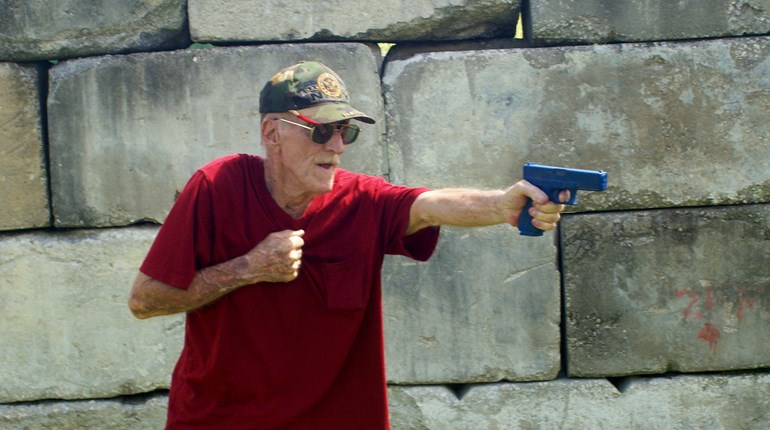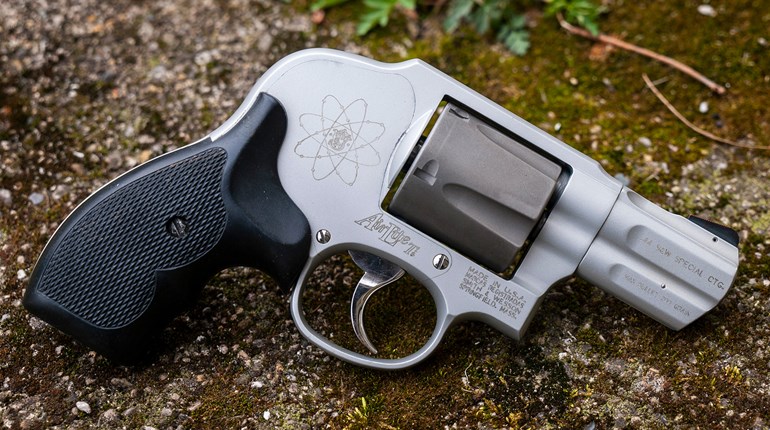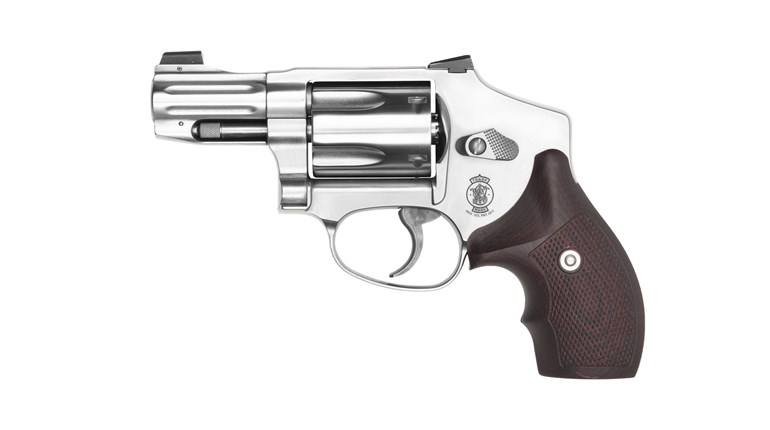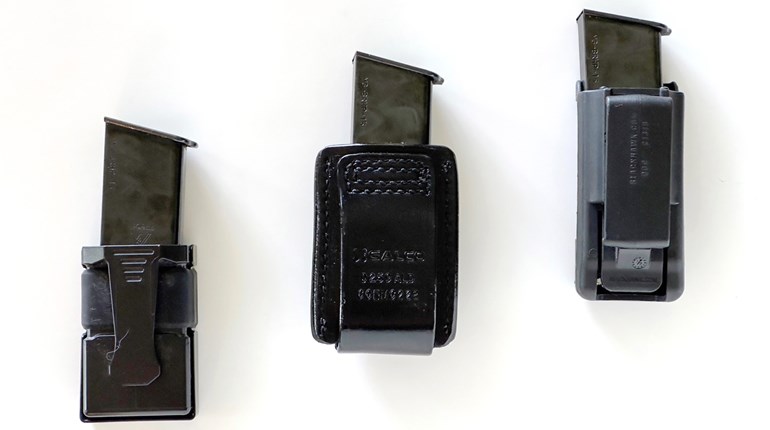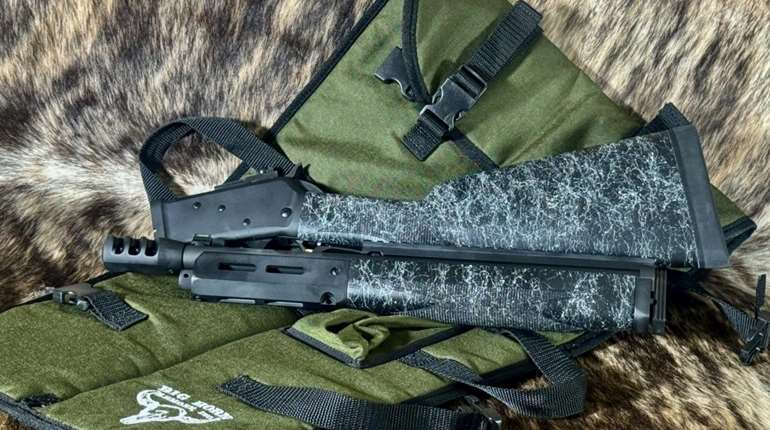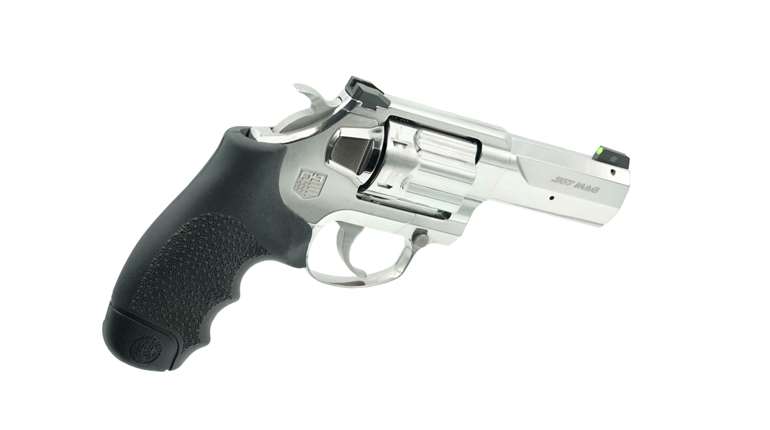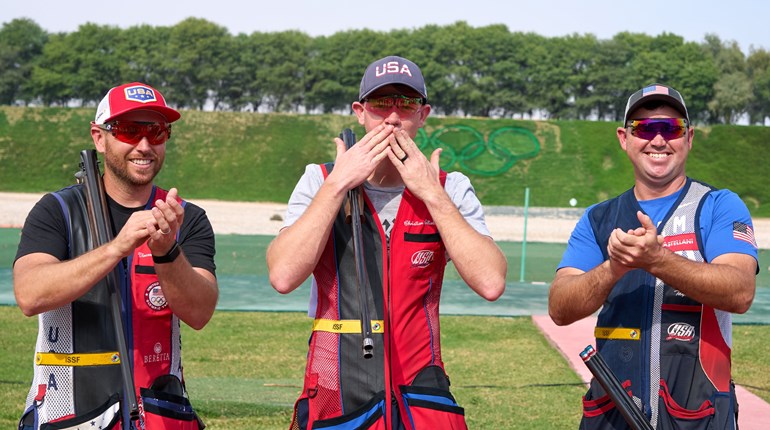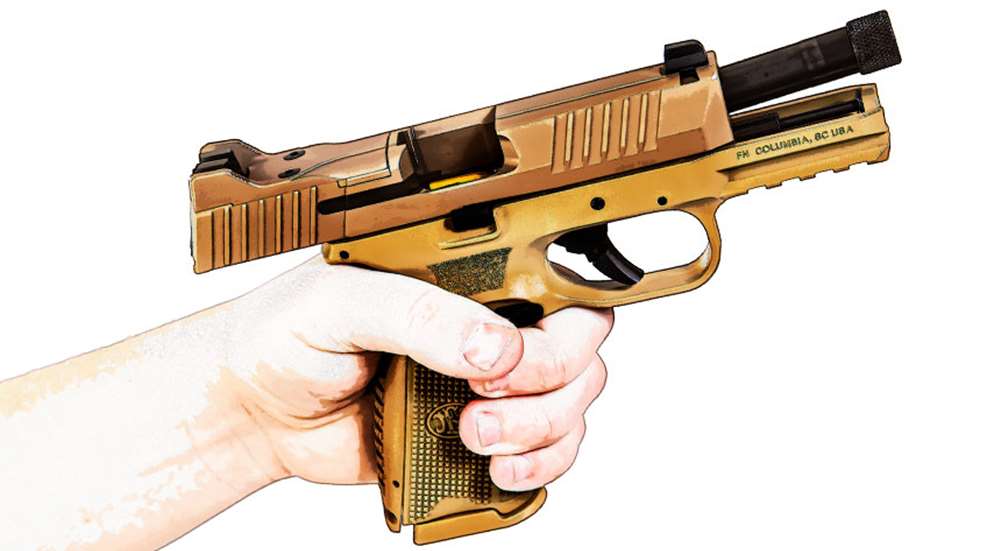
The process of becoming a concealed carrier is far more complex than merely obtaining a concealed-carry license (where required). Once that is accomplished, one must then decide what handgun type—revolver or semi-automatic—will be carried. Then the caliber has to be chosen, and then what ammunition to use.
How the gun will be carried (IWB, OWB, purse, fanny pack, pocket or other method) is an important aspect, as well as how that carry method will work with one’s normal wardrobe. Another consideration is what type of initial training, followed by a practice regimen, should be incorporated.
There are many things to consider, but one that is often overlooked is whether it’s worth the effort, inconvenience and minor expense to carry a reload for the handgun. An argument could be made either way.
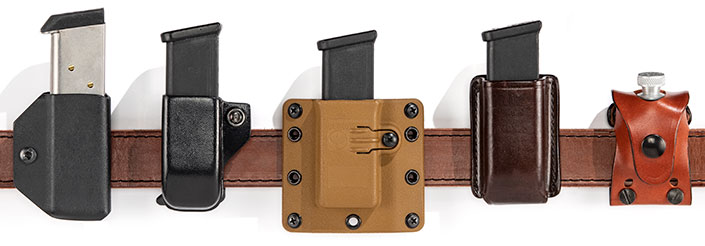
Since time immemorial, instructors have stressed the need for a reload to be carried. Statistics, however, could argue against that being a critical need. Data compiled by various sources show the average personal-defense encounter involving the use of a handgun sees the matter resolved within three to four rounds and requires nothing more than the rounds carried in the gun.
That would indicate it’s highly unlikely a reload for a personal-defense handgun would ever be needed. But, that doesn’t mean one would never be needed. Statistics concluding the average encounter required three to four rounds mean that some took less and some took more—hardly an absolute guarantee that an emergency reload will never be required. It’s a possibility that exists.
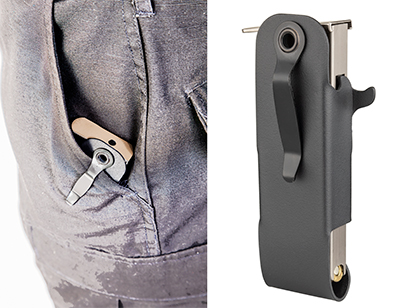
It’s easy to see why that possibility could be dismissed by someone carrying a 15-round 9 mm semi-automatic. However, change that to a five-shot snubby revolver, and the possibility begins to lean closer to becoming a reality. If statistics indicate three or four rounds are enough to conclude the average personal-defense event, those five-rounds on hand are tap-dancing very close to that line.
That’s one reason why slim-line single-stack semi-automatics, like the Smith & Wesson Shield, Glock G43, Ruger LC9s/EC9s and other similar models have become extremely popular in recent years. They’ve been referred to as semi-automatic snubbies, because they’re not a lot larger or heavier (in fact they’re often lighter and nearly always thinner), and their eight- to nine-round capacity is a boost over a five- or six-shot revolver.
But, they’re semi-automatics. That mechanical operating system consists of three separate components: the gun, the magazine and the ammunition. If one of those components is not operating correctly a malfunction can occur that will render the gun inoperable until the malfunction is cleared.
There are several different types of malfunctions that can occur in semi-automatics. Some can be quickly cleared, but two malfunctions—the tip-up jam and the double feed—can only be positively cleared by stripping the magazine from the gun, racking the slide to clear the gun, reinserting a magazine and chambering a new round.
Hanging onto that stripped magazine, while racking the slide with the same hand, is a lot to ask under the high stress of a self-defense encounter. There is a high probability the magazine will be dropped. If another magazine is not immediately available, the situation can get very ugly.
While statistics say that there is little need to carry a reload for a personal-defense handgun, reality says that need might possibly arise. In that respect, some consider a reload to be akin to the seat belts in our vehicles.
We buckle that seat belt snugly when we get into our vehicle. It’s there to keep us from flying around the vehicle’s interior and suffering serious injuries in the event of an accident. Of course, none of us intend or anticipate being in an accident.
But we buckle up the seat belt anyway; just in case the unanticipated occurs. And we are all well-aware that can happen anytime we take to the road. That seat belt is an important safety measure, but it only works if it is buckled up in advance. There will be no time to buckle it up as an accident occurs.
The same applies to a reload. In order for it to be effective, it must not only be carried, but must be immediately accessible to the hand that is not involved in holding the gun.
Semi-automatics are the simplest to reload. All it takes is immediate access to a spare magazine.
Pocket carry is an option. But it’s not a good choice if there are a lot of other items in there with it. That can not only interfere with quick access, but the possibility also exists that other objects in the pocket could partially dislodge the leading round, which can create a malfunction on the reload.
A superior choice is a magazine pouch carried at waist level. Virtually every holster maker offers open- or closed-top pouches that thread or clip onto the belt and can be positioned wherever is comfortable and accessible. They are not overly discreet, but can be quite effective.
If discretion is required, open-top pouches are available in a clip-on inside-the-waistband (IWB) design. They’re not uncomfortable and very unobtrusive when worn. If wardrobe or social situations dictate extreme discretion, they can be slipped off and stuck into a pocket until that situation changes and they can then be re-inserted in their normal position.
With either pocket or magazine-pouch carry, the proper position is on the opposite side from the gun hand—left side for right handers and right side for southpaws. This provides the quickest, least impeded access.
If a purse or a front-mounted fanny pack is the mode of carry, that’s a logical place to carry a reload, as it will be accessible to either hand. But, that won’t be the case if the reload is buried among all the other items normally carried there. It should have its own pocket: one that is large enough to quickly access and holds the magazine in position to assume the proper reloading grip. If such a pocket isn’t included, savvy folks will sew one in.
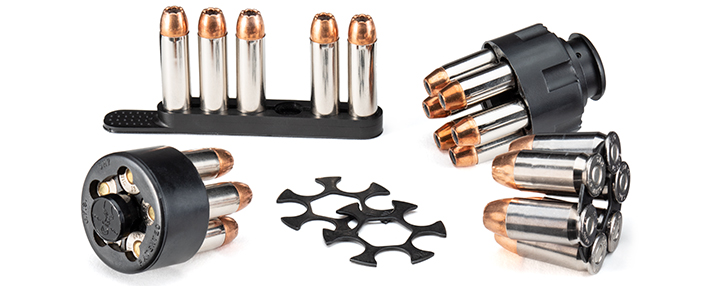
Reloads for revolvers are more complex than semi-automatics because there are many different ways to reload a wheelgun.
One is to carry loose rounds in a pocket or belt-mounted dump pouch. This is the least-effective method and few recommend it because it’s extremely difficult to juggle those loose rounds into the cylinder under stress.
Another is a strip that holds rounds in individual slots, like the Tuff Products Quickstrip or the Bianchi Speed Strip. These are rubber strips that hold five to six rounds (depending upon the model). The rounds in the strip are inserted into the chamber and freed to drop with a quick flip of the wrist.
They provide the ability to insert single rounds or, with a little practice, two rounds at a time, making them a convenient way to fully reload the gun or top off a partially empty cylinder. Their drawback is that when carried in a snug-fitting pocket, it is possible to dislodge one or more of the rounds when digging it out. They are best carried in a loose pocket, purse, fanny pack or a belt-mounted dump-type pouch.
Full-cylinder speedloaders are another option, and there are two common types. Spring-loaded models (like the Safariland Comp 1 and Comp 2) have the rounds retained under spring tension. When inserted into a cylinder a sharp push sends the loader’s release button into the revolver’s extractor star and the spring propels the rounds into the chamber. Gravity loaders, like the HKS, have the rounds inserted into the chamber and then a turn of the top retaining knob lets them fall free.
Both speedloader types are compact and rugged. They can be carried practically anywhere, even in a snug-fitting pocket, with virtually no chance of dislodging the rounds before they get to the gun. Belt-mounted holders are readily available from many makers, including some innocuous-looking, soft Cordura nylon closed-top carriers. Their drawback is that they remain on the belt and will be visible.
Unlike semi-automatic magazines, the diameter of the speedloader does not lend itself to IWB carry, but the Safariland CD-2 is a viable option. It’s a spring-clip holder that can slip on and off a belt as circumstances dictate.
The last method is the moon clips used for 9 mm snubbies and .45 ACP wheelguns. Like the speedloader, full-moon clips are a full-cylinder reload, but without the need to drop the empty speedloader. One advantage is that they speed the ejection of the empty cases.
The disadvantage is that they are more fragile than speedloaders. Rough handling can bend the clips, which will prevent the cylinder from closing on the reload and render them useless. A snug-fitting pocket is not a good carry choice, but they will fit speedloader holders, or in a loose-fitting pocket, purse or fanny pack.
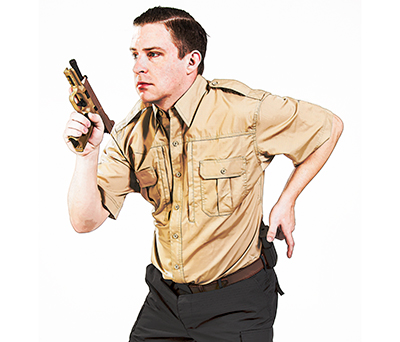
The proper location to carry a revolver reload is no different than for a semi-automatic—on the side opposite the hand that will be holding the gun during the reload. Those who hold the revolver in the left hand and feed rounds in with the right hand will want it on the right side.
Those holding the gun with the right hand and loading with the left will want their reload on the left side. With a purse or fanny pack, the same separate pocket recommended for magazines should be used. This provides the quickest unobstructed access to the reload.
Once the decision is made to carry a reload, the next step is to make its employment instinctive. If it is needed, it will be needed immediately, and the stress factor will be off the charts. The conscious mind will be busy with many other pressing concerns. This is no time to be asking yourself “Where’s my reload?” The subconscious mind should automatically be directing the proper hand to it.
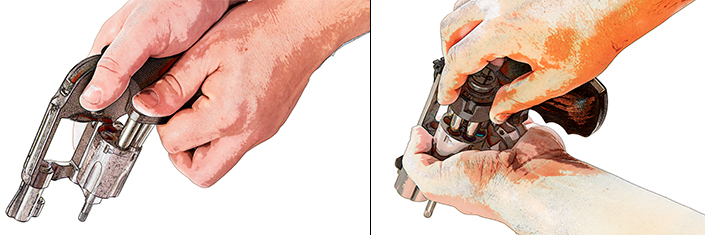
Developing this subconscious input doesn’t necessarily require specialized emergency reload drills, although they are very useful. The programming can be done on your regular range trips by doing nothing more than loading and reloading the gun with your reloading device, and with the loading device located where it is normally carried.
This simple repetition will begin ingraining the process into the subconscious, where it stands an excellent chance of playing back under stress.
Statistics say we’re unlikely to need an emergency reload in a self-defense situation, but the unexpected can happen. It’s better to be prepared for the statistical outlier than to find oneself wishing for a reload that isn’t there.












